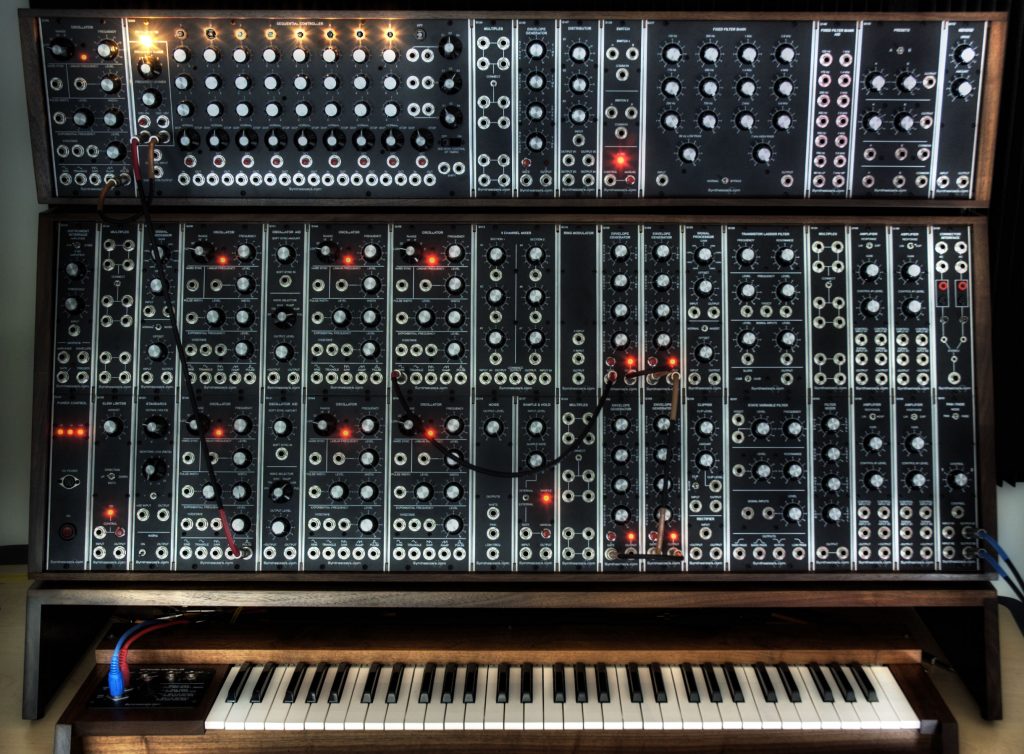Inventions That Changed Music: the Synthesizer
Editor’s Note: As part of CMN’s ongoing music journalism program, we asked our team of music writers to research one invention that changed the history of music.
The synthesizer, sometimes referred to as the “synth,” is a hybrid instrument combining the piano and electronic technology. It has been used in various genres of music — hitting a peak on many songs created in the 80s — and was a landmark invention for the history of music.
In 1929, Frenchmen Armand Givelet and Eduard Coupleaux combined a paper tape reader and electronic circuity to create what sounded like four voices put together. It was then given its official name, “synthesizer,” in 1956 when the RCA Electronic Music Synthesizer Mark I was released. This device used tuning forks and paper tape to have music played through loud speakers. The instrument then continued to develop over the course of several years as people and engineers discovered more about it.
In terms of what aspects and modules a synth is made up of, it uses an oscillator, keyboard, filters and effects. The oscillator produces the initial sound while the keyboard allows the performer to control the tone and notes. Finally, the filters and effects change the original sound of the notes.
The synthesizer first gained popularity amongst contemporary composers who started to create electronic music in the 1960s. This led to an increase in electronic music studios being created and established around the world. One of the first widely used synthesizers was created by Robert Moog. His Moog Synthesizer came with a keyboard interface and subsequent models were some of the first affordable electronic instruments widely available.
Both The Doors and Rolling Stones experimented with synthesizers in their mid-to-late 1960s recordings.
During the 1970s and 1980s, synthesizers began to evolve even more and used microcomputers. There were a multitude of synthesis techniques being used and was during this period that sound-sampling began to pick up and become increasingly popular.
The early models of synthesizers were analog systems that eventually became based on computer software instead. While the technology continued to evolve, artists were experimenting with synths, making them a central part of popular music, especially during the 1980s.
If you have listened to tracks such as “Time After Time” by Cyndi Lauper, “1999” by Prince, or “Sweet Dreams (Are Made Of This)” by Eurythmics, it’s probably their synth riffs that have you tapping your feet and bobbing your head.

The synth is also used on modern popular tracks such as “Somebody Else” by the 1975 and “Lights” by Ellie Goulding. There is even a genre called “Synth pop,” a movement started in the 1980s by artists influenced by the pioneering work of German band Kraftwerk, among others.
Contemporary artists like LANY, Bleachers and The Wombats continue to heavily use synths to build their music.
Modern music would be much different without this invention and of the wide variety of instruments still used in popular music, it seems the synthesizer still has the potential to create inventive sounds.



